Grape Variety
Humagne-Rouge
"oo-MAHN-yuh ROOZH"
Wine Styles
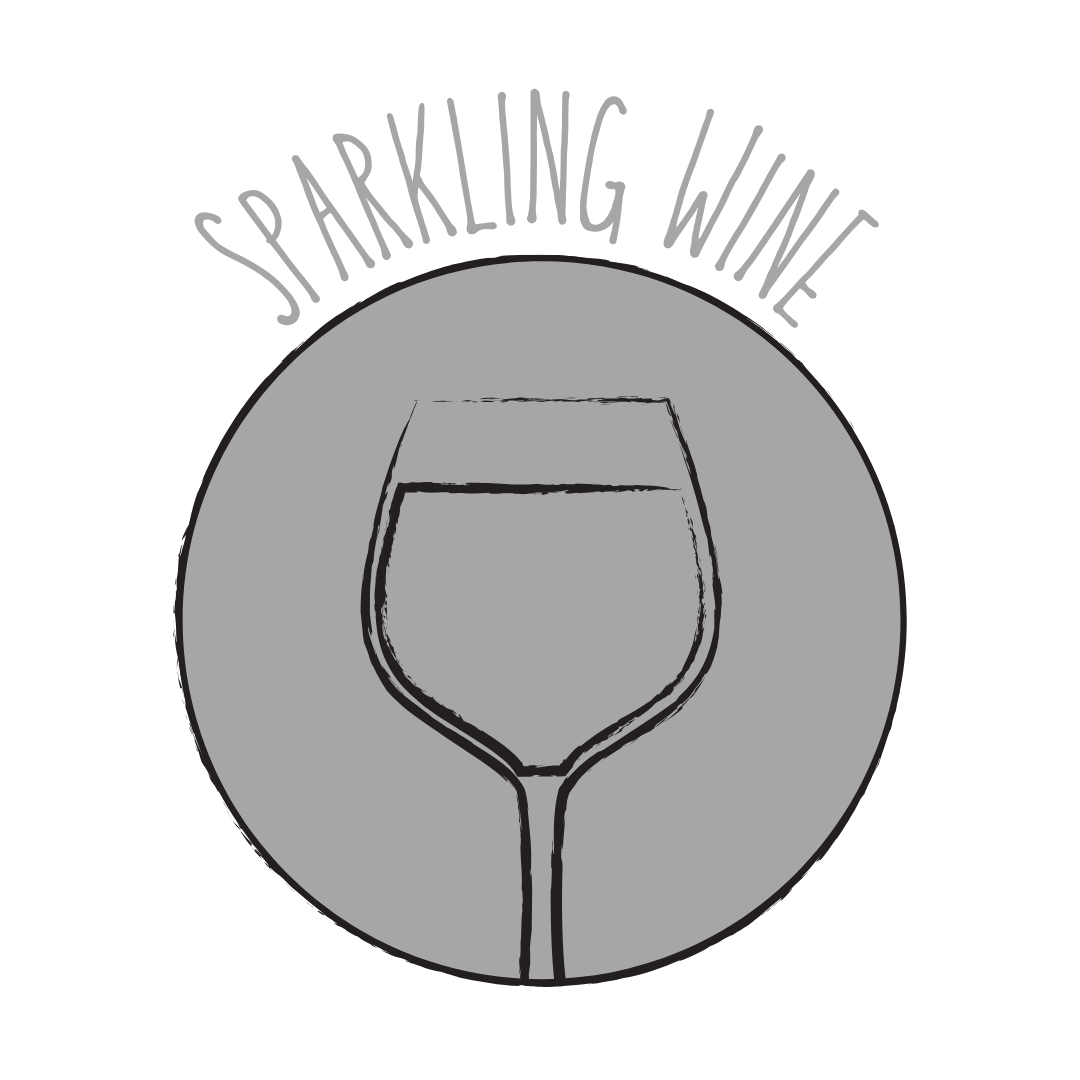 Sparkling
Sparkling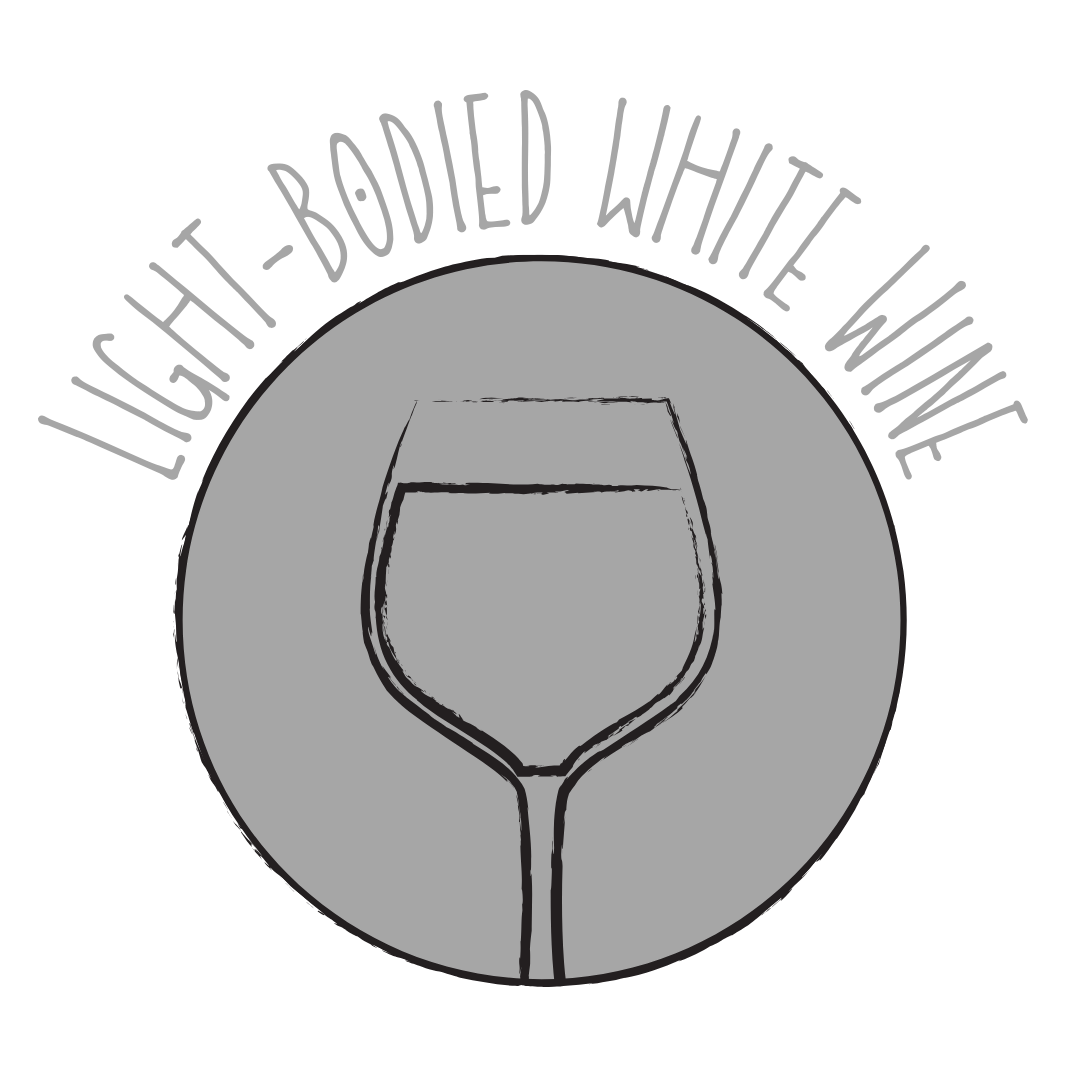 Light White
Light White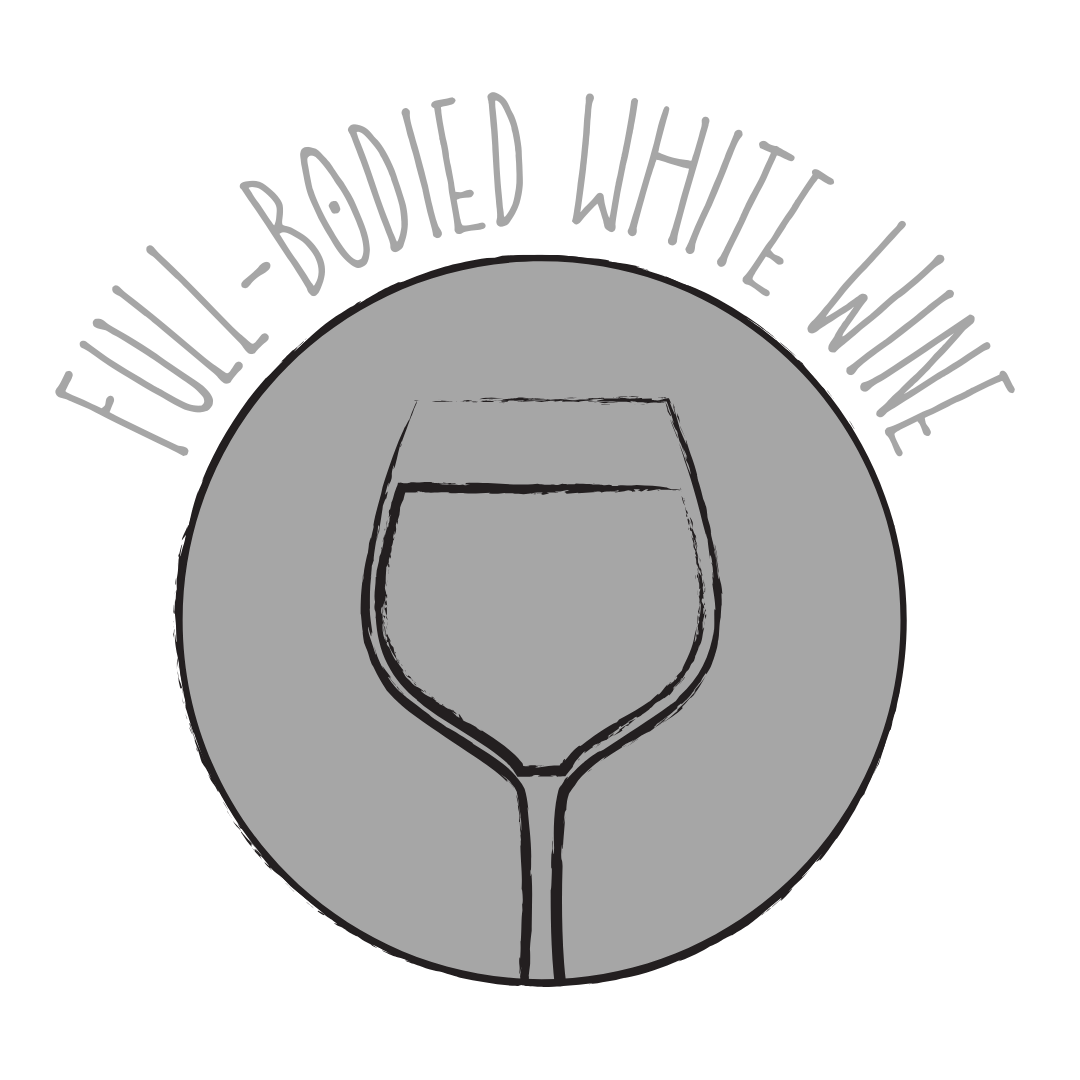 Full White
Full White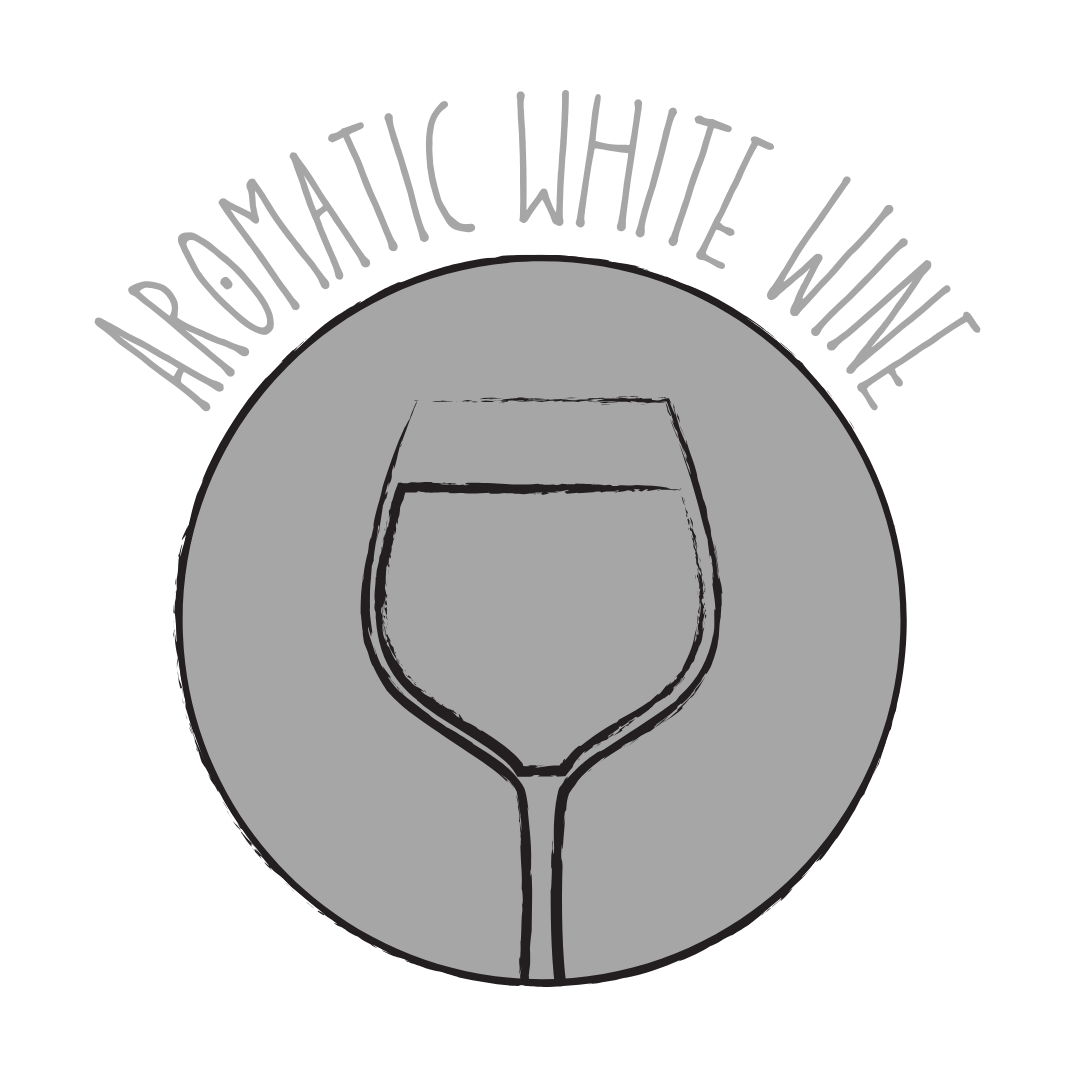 Aromatic
Aromatic Rosé
Rosé Light Red
Light Red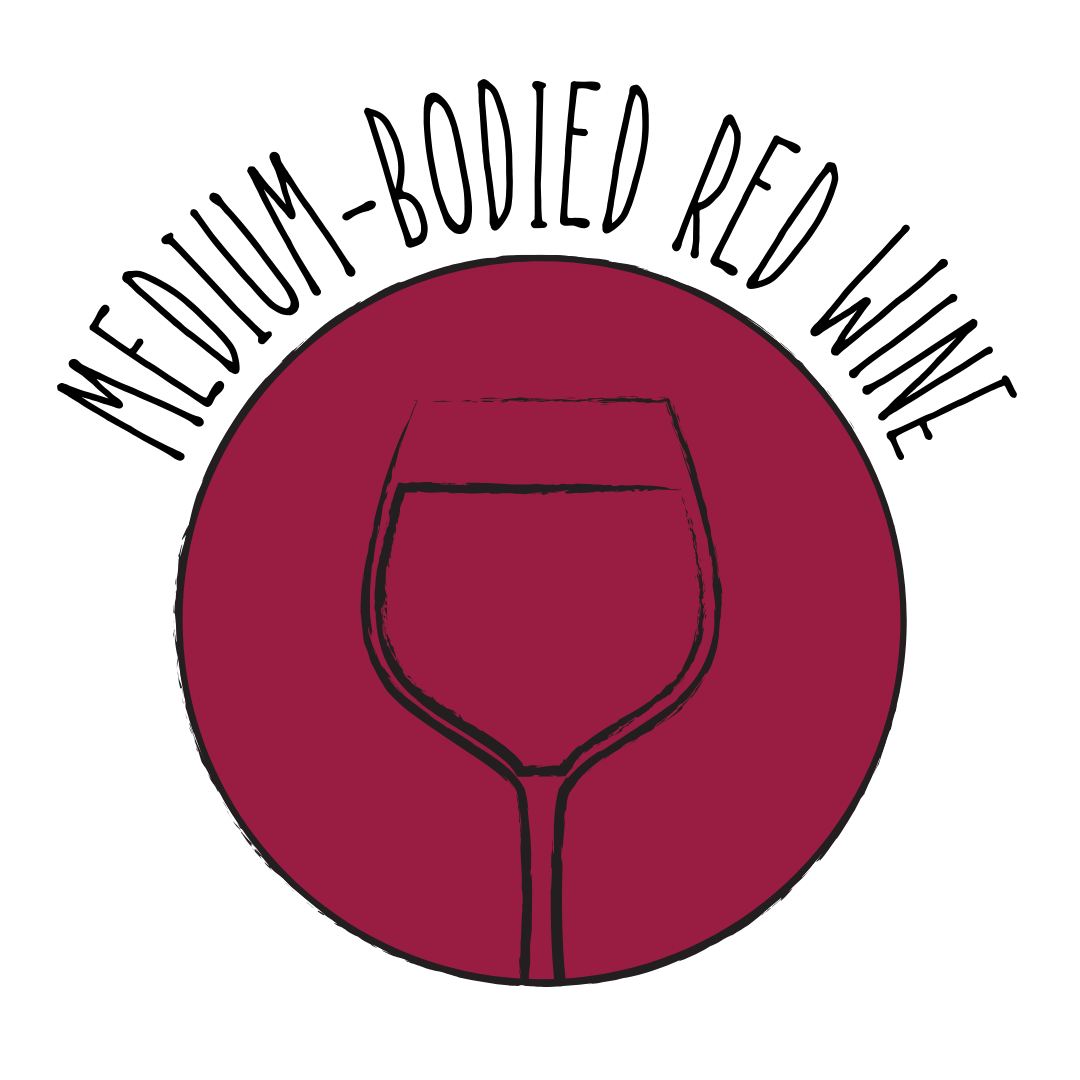 Medium Red
Medium Red Full Red
Full Red Dessert
DessertAbout Humagne-Rouge
Origin
Aosta Valley, Italy
History
Humagne Rouge, also known as Cornalin d'Aoste, is a red grape variety that originated in the Aosta Valley of Italy. It was introduced to the Valais region of Switzerland in the late 19th century via the Great Saint Bernard pass. Despite its recent arrival, it has become, after Cornalin, the second great red wine with a Valais identity. DNA profiling has established that Humagne Rouge is not related to the white variety Humagne Blanche. In the 1980s, interest in Humagne Rouge was revived, allowing it to make a comeback and find its place among the traditional grape varieties of Valais.
Appearance
Medium-sized, loosely packed clusters of dark blue to black berries.
Growing Traits
Humagne Rouge is a vigorous grape that ripens late and is adapted to well-exposed, moderately or not very fertile soils. It is not very susceptible to grey rot. The variety produces colorful, fruity, and juicy wines with silky tannins and a positive bitterness.
Wine Characteristics
Body
3/5
Sweetness
1/5
Tannin
4/5
Acidity
3/5
Alcohol
3/5
Medium-bodied with a rustic and earthy character, offering a balance between dark fruit flavors and firm tannins. Typically dry, emphasizing its robust structure and savory notes. Moderate to high tannin levels, providing a firm structure and aging potential. Moderate acidity, contributing to its freshness and balance. Moderate alcohol content, generally ranging between 12% and 13.5%, offering a balanced profile.
Taste Profile
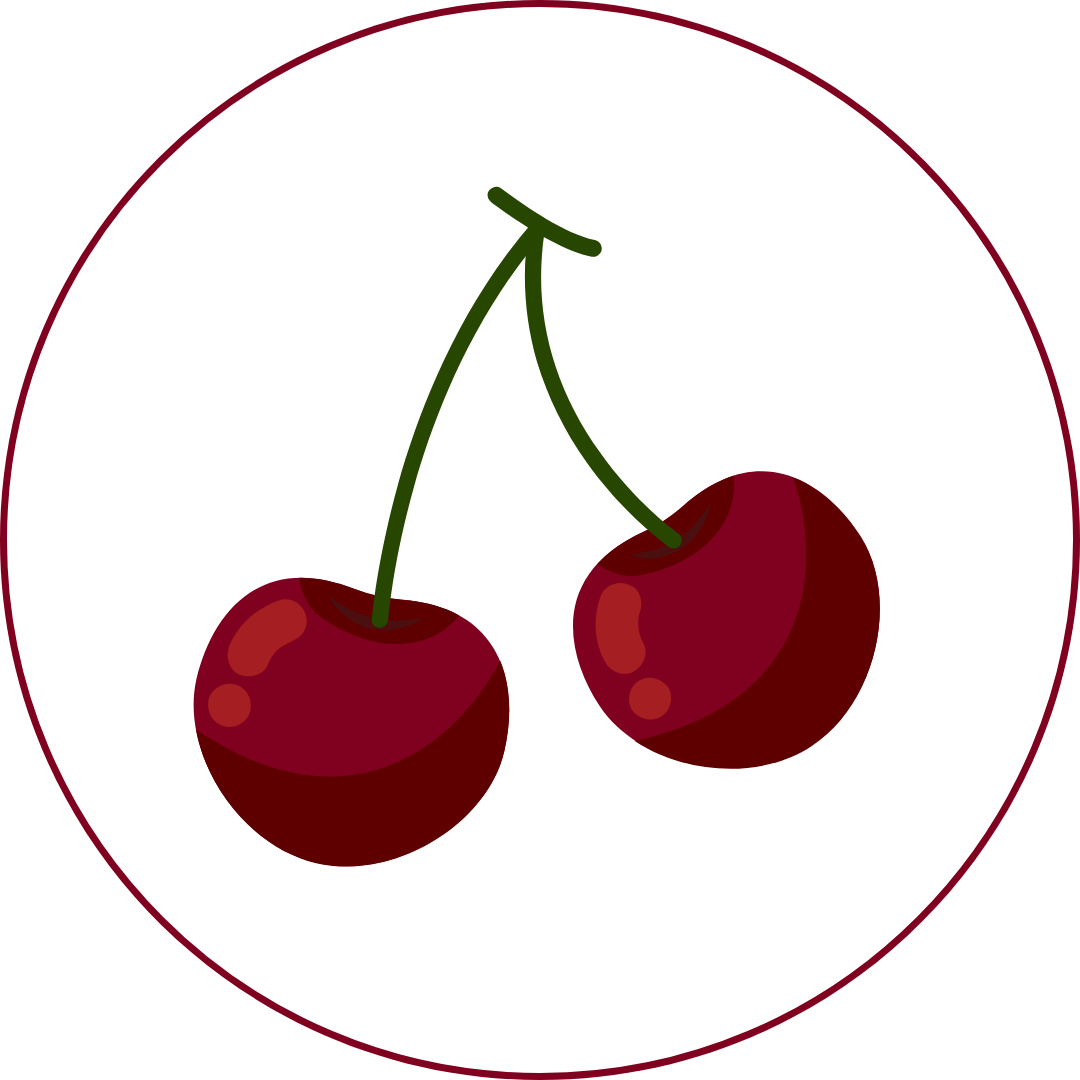
Black Cherry
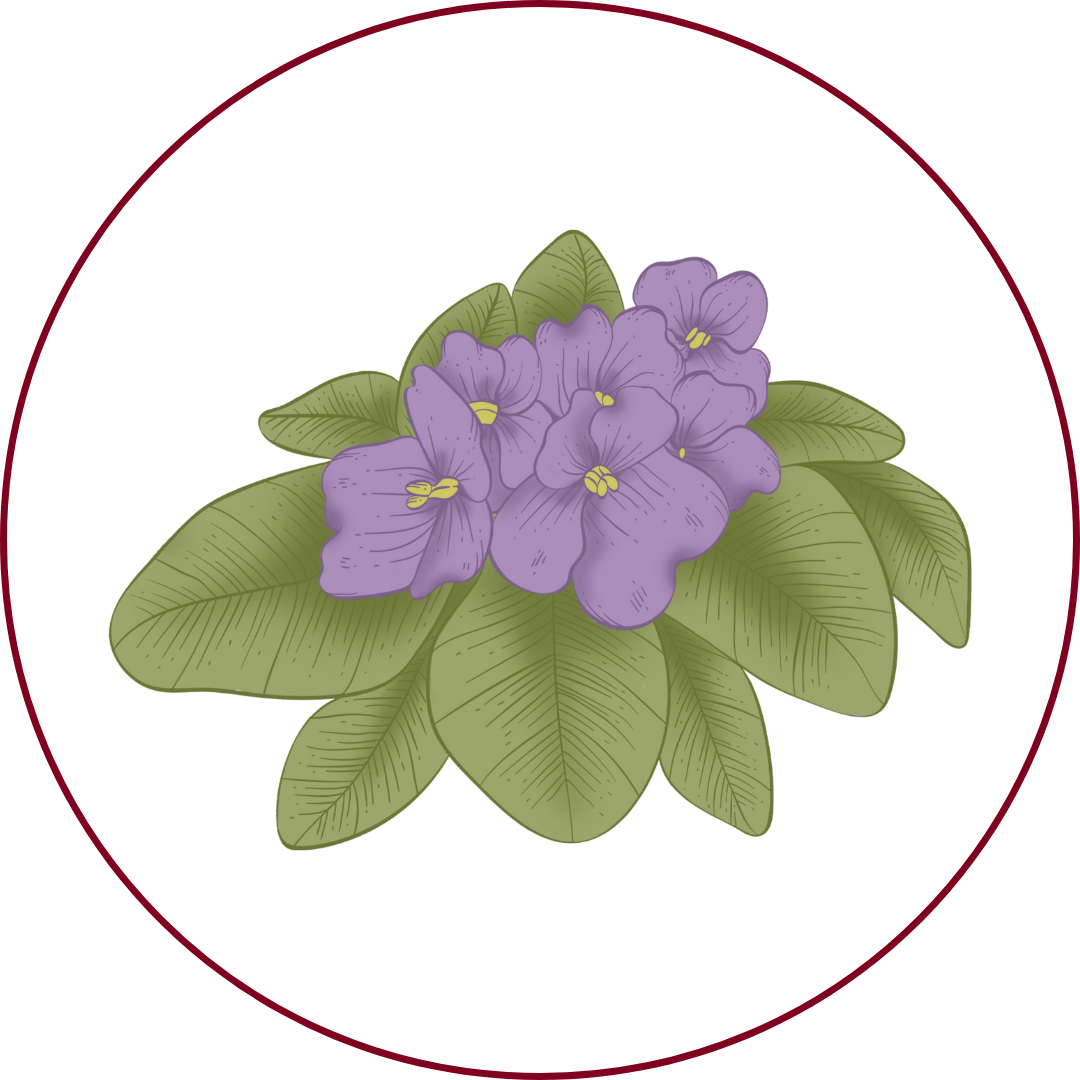
Violet

Elderberry

Smoke

Red Fruits
Humagne Rouge wines are characterized by aromas of violet and dried vine leaf, with flavors of dark cherry, elderberry, and subtle smoky notes. The moderate to high tannins provide structure, while the moderate acidity ensures balance, leading to a supple palate with a tighter finish.
Food Pairing
Humagne Rouge's rustic character and firm tannins make it an excellent companion for hearty dishes. It pairs well with red or white meats, wild game, and vegetable tian. Additionally, it complements desserts based on red or black fruits.
Growing Regions

Switzerland
Valais
Notable Wines & Producers
Humagne Rouge Valais AOC
Domaine des Muses
Cave Caprice du Temps
Humagne Rouge 'Tradition'
Domaine Cornulus
La Siseranche
Humagne-Rouge FAQ
Common questions about this grape variety
What is the origin of Humagne-Rouge?
+
Aosta Valley, Italy
Is Humagne-Rouge wine full bodied?
+
Humagne-Rouge has a body level of 3 out of 5. Which means that Humagne-Rouge is Moderate bodied.
Is Humagne-Rouge wine dry or sweet?
+
Humagne-Rouge has a dryness level of 1 out of 5. Which means that Humagne-Rouge is Dry.
Where is Humagne-Rouge wine from?
+
Aosta Valley, Italy
Where is Humagne-Rouge grown?
+
Humagne-Rouge is grown in Switzerland (Valais).
What is Humagne-Rouge like?
+
Humagne Rouge wines are characterized by aromas of violet and dried vine leaf, with flavors of dark cherry, elderberry, and subtle smoky notes. The moderate to high tannins provide structure, while the moderate acidity ensures balance, leading to a supple palate with a tighter finish.
What does Humagne-Rouge pair with?
+
Humagne Rouge's rustic character and firm tannins make it an excellent companion for hearty dishes. It pairs well with red or white meats, wild game, and vegetable tian. Additionally, it complements desserts based on red or black fruits.
What does Humagne-Rouge taste like?
+
Humagne Rouge wines are characterized by aromas of violet and dried vine leaf, with flavors of dark cherry, elderberry, and subtle smoky notes. The moderate to high tannins provide structure, while the moderate acidity ensures balance, leading to a supple palate with a tighter finish.
Take Humagne-Rouge Knowledge with You
Access detailed grape profiles, tasting notes, and pairing suggestions on your iPhone.
Download on theApp Store